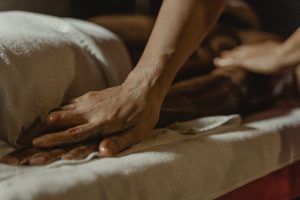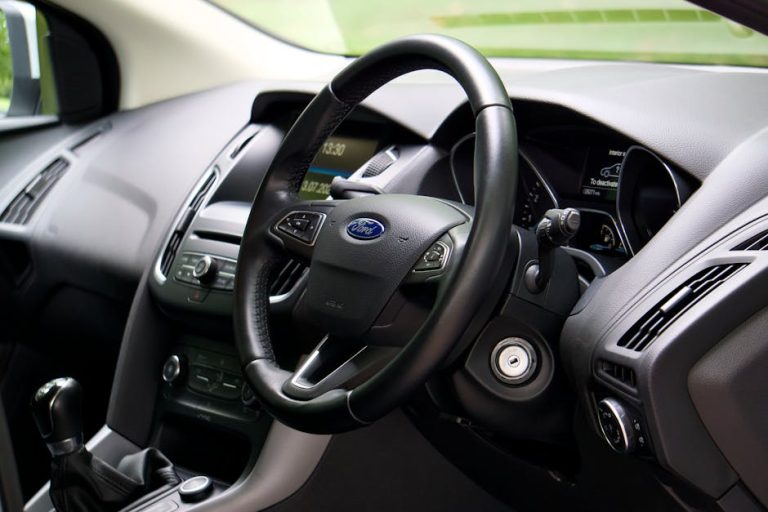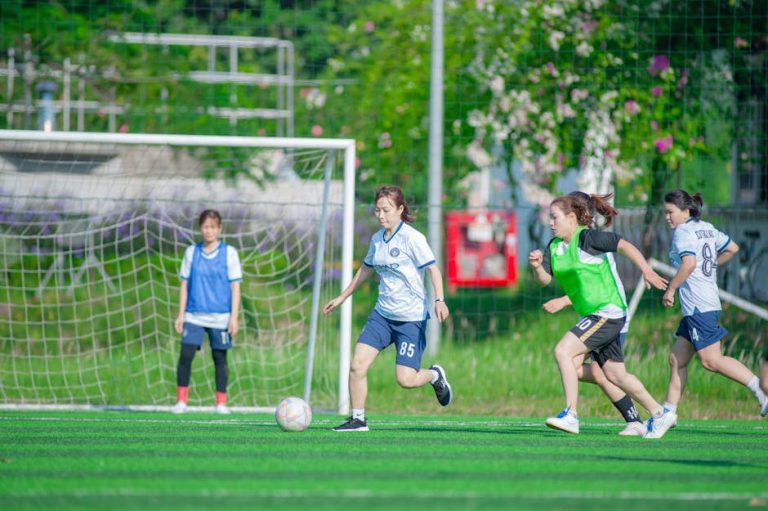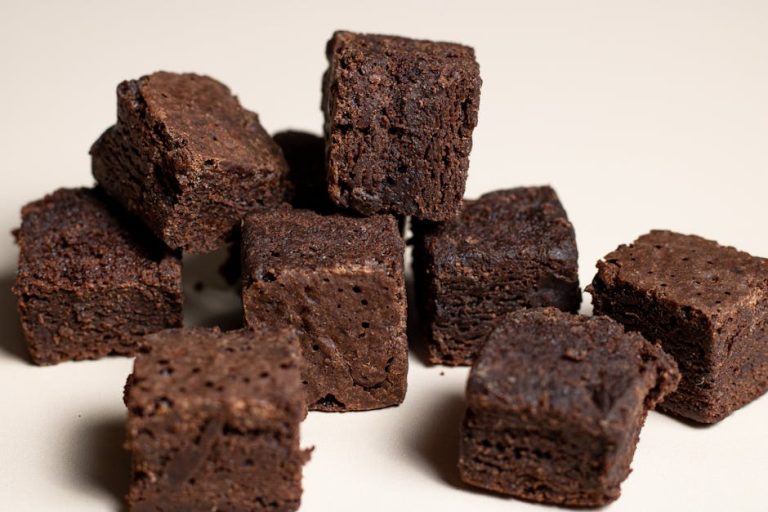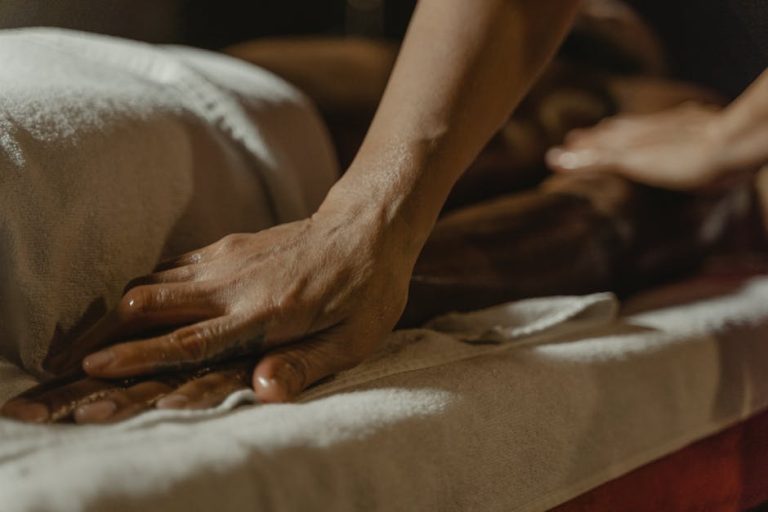In the ever-evolving world of fashion and functionality, a new concept is gaining traction for 2025: the clothing truss. More than just a support garment, the clothing truss represents a convergence of apparel, ergonomics, and technology, designed to enhance posture, alleviate strain, and even integrate with wearable technology. This article explores the rising popularity of clothing trusses, their benefits, variations, and how they are poised to revolutionize how we experience everyday attire.
Understanding the Clothing Truss Concept
The idea behind a clothing truss is rooted in biomechanics and material science. It’s about creating garments that actively support the body, similar to how an architectural truss supports a structure. Instead of solely relying on the body’s musculoskeletal system for posture and movement, a clothing truss distributes the load, reducing strain and potentially improving overall well-being.
While the concept is relatively new to mainstream fashion, the foundational principles have been used in medical applications for years. For example, back braces and compression garments are already established tools for supporting and stabilizing the body. Clothing trusses are an attempt to integrate these principles into everyday clothing for broader, preventative, and aesthetic benefits.
Benefits of Wearing a Clothing Truss
The advantages of incorporating a clothing truss into your wardrobe are numerous and extend beyond just physical support. Here are some key benefits:
- Improved Posture: Clothing trusses can gently encourage proper spinal alignment, leading to improved posture and a more confident appearance. This is achieved through strategically placed panels and tension lines within the garment.
- Reduced Back Pain: By distributing weight and supporting the core muscles, clothing trusses can alleviate back pain, especially for individuals who spend long hours sitting or engaging in physically demanding activities.
- Enhanced Comfort: A well-designed clothing truss can improve overall comfort by reducing muscle fatigue and promoting better body alignment. This can be particularly beneficial during travel or extended periods of activity.
- Increased Confidence: The improved posture and support offered by a clothing truss can lead to increased confidence and a more positive self-image. When you feel good, you look good.
- Integration with Wearable Tech: Many clothing trusses are being designed with pockets and integrated systems to seamlessly incorporate wearable technology, such as fitness trackers, heart rate monitors, and even smart fabrics that monitor posture in real-time.
Types of Clothing Trusses Available in 2025
The clothing truss market is rapidly diversifying, with various styles and functionalities catering to different needs and preferences. Here are some of the most common types you can expect to see in 2025:
- Posture-Correcting Shirts: These shirts incorporate tension panels across the back and shoulders to gently pull the shoulders back and align the spine. They are ideal for individuals who spend a lot of time sitting at a desk.
- Supportive Leggings and Pants: These garments provide compression and support to the lower body, reducing muscle fatigue and improving circulation. They are popular among athletes and individuals who are on their feet for long periods.
- Core-Stabilizing Underwear: Designed to support the core muscles, these undergarments can improve posture and reduce back pain. They are often used by individuals with physically demanding jobs.
- Smart Clothing Trusses: These advanced garments incorporate sensors and microprocessors to monitor posture, track activity levels, and provide real-time feedback to the wearer. Smart clothing is a growing trend that promises to revolutionize the way we interact with our attire.
- Custom-Fit Trusses: Advances in 3D scanning and printing technology are making it possible to create custom-fit clothing trusses that are tailored to the individual’s unique body shape and needs.
Choosing the Right Clothing Truss for Your Needs
With so many options available, selecting the right clothing truss can feel overwhelming. Consider these factors when making your choice:
- Intended Use: Determine the primary purpose for wearing a clothing truss. Are you looking to improve posture, reduce back pain, enhance athletic performance, or simply improve your overall comfort?
- Fit and Comfort: Choose a garment that fits comfortably and does not restrict your movement. Ill-fitting clothing trusses can be counterproductive and even cause discomfort.
- Material and Construction: Look for high-quality materials that are breathable, durable, and easy to care for. The construction of the garment should be sturdy and well-engineered to provide effective support.
- Style and Aesthetics: Consider the style of the garment and whether it complements your existing wardrobe. Many clothing trusses are designed to be discreet and can be worn under regular clothing.
- Technological Features: If you are interested in smart clothing trusses, consider the features that are most important to you, such as posture monitoring, activity tracking, and real-time feedback.
Real-World Examples of Clothing Trusses in Action
The use of clothing trusses is expanding across various fields. Athletes are using them to improve performance and reduce injury risk, while professionals are using them to maintain better posture and alleviate back pain during long workdays. Here are a couple of examples:
- Professional Athletes: Many athletes in high-impact sports wear compression garments and supportive apparel during training and competition to enhance performance and reduce the risk of muscle strain and injury.
- Office Workers: Individuals who spend long hours sitting at a desk are increasingly turning to posture-correcting shirts and core-stabilizing undergarments to maintain proper spinal alignment and prevent back pain.
- Travelers: Long flights and train rides can take a toll on the body. Clothing trusses that provide support and compression can help to improve circulation and reduce fatigue during travel.
The Future of Clothing Trusses: 2025 and Beyond
Looking ahead to 2025 and beyond, the future of clothing trusses is bright. Advances in material science, wearable technology, and personalized manufacturing are paving the way for even more sophisticated and effective garments. We can expect to see:
- More advanced smart clothing trusses: With integrated sensors, AI-powered analytics, and personalized feedback, these garments will provide even more comprehensive support and guidance.
- Custom-designed and 3D-printed clothing trusses: These garments will be tailored to the individual’s unique body shape and needs, providing optimal support and comfort.
- Wider adoption across various industries: Clothing trusses will become increasingly common in healthcare, manufacturing, and other fields where physical support and injury prevention are critical.
The integration of mobile technology will also play a crucial role. Imagine a world where your clothing actively monitors your posture and provides personalized recommendations for improvement, all accessible through a user-friendly mobile application. This is the direction in which mobileappcatalyst1 and the clothing truss industry are headed.
Practical Tips for Integrating Clothing Trusses into Your Wardrobe
Incorporating clothing trusses into your daily life doesn’t have to be a radical overhaul. Here are some practical tips to ease the transition:
- Start Small: Begin with one or two key pieces, such as a posture-correcting shirt or supportive leggings.
- Choose Versatile Styles: Opt for garments that can be easily integrated into your existing wardrobe.
- Prioritize Comfort: Always prioritize comfort when selecting a clothing truss. Ill-fitting garments can be counterproductive.
- Follow Care Instructions: To ensure the longevity of your clothing trusses, follow the care instructions provided by the manufacturer.
- Consult a Professional: If you have specific medical conditions or concerns, consult a healthcare professional or physical therapist before using a clothing truss.
And be sure to stay updated on the latest advancements in this field by following reputable news sources, such as this article from the New York Times about the intersection of fashion and technology.
Conclusion
The clothing truss represents a significant step forward in the evolution of apparel. By combining fashion with functionality, these garments offer a unique opportunity to improve posture, alleviate strain, and enhance overall well-being. As technology continues to advance, we can expect to see even more sophisticated and effective clothing trusses emerge, transforming the way we experience everyday attire in 2025 and beyond. Embrace the trend and discover how a clothing truss can enhance your comfort, confidence, and overall quality of life.
FAQ about Clothing Trusses
What is a clothing truss and how does it work?
A clothing truss is a garment designed to support the body, improve posture, and reduce strain. It works by strategically distributing weight and providing targeted support to specific muscle groups, often incorporating elements of compression and biomechanical design.
Are clothing trusses suitable for everyone?
While generally safe, it’s always best to consult with a healthcare professional or physical therapist before using a clothing truss, especially if you have pre-existing medical conditions or concerns. Individuals with certain circulatory or skin conditions may need to exercise caution.
How do I care for my clothing truss?
Care instructions vary depending on the material and construction of the garment. Always follow the manufacturer’s instructions carefully. Generally, it is best to hand wash or machine wash on a gentle cycle and avoid using harsh detergents or bleach.
Can a clothing truss replace traditional medical braces?
In some cases, a clothing truss can provide a preventative or supportive function similar to a light brace. However, it’s important to remember that a clothing truss is not a substitute for prescribed medical braces for serious injuries or conditions. Always consult with a healthcare professional for appropriate treatment.
Where can I purchase a clothing truss in 2025?
Clothing trusses are becoming increasingly available through online retailers, specialty stores, and some department stores. Look for reputable brands that offer high-quality garments and clear information about their design and functionality.



